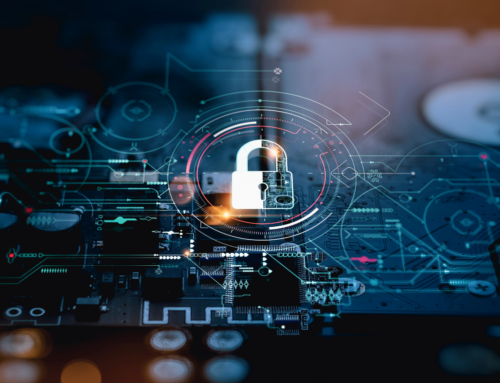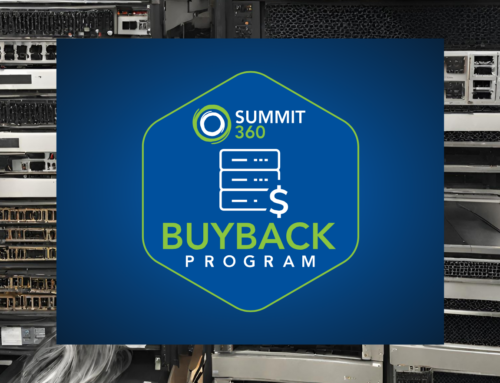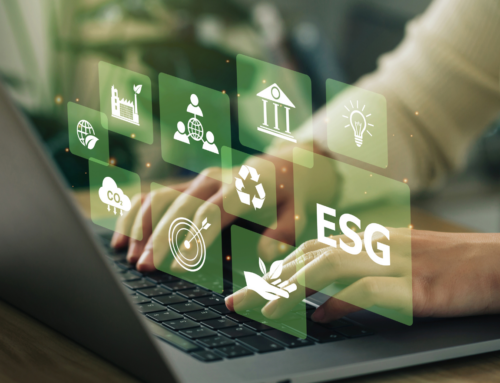What is IT Lifecycle Management?
Why Upgrade IT Equipment?
Enhances Efficiency and Performance
Outdated equipment can slow down operations and hinder productivity. Upgrading to newer, faster systems can significantly enhance your organization’s efficiency.
Improves Security
Cybersecurity threats are constantly evolving. Keeping your hardware and software up to date is essential for protecting sensitive data and maintaining compliance with industry regulations.
Reduces Maintenance Costs
Older equipment often requires more frequent repairs and maintenance, leading to higher costs over time. Upgrading to new or refurbished hardware can reduce these expenses.
Supports Modern Applications
Newer hardware is designed to support modern applications and software, ensuring compatibility and smooth operation.
When to Upgrade IT Equipment
Determining the right time to upgrade can be challenging. Here are some guidelines to help you make informed decisions:
Monitor Performance Metrics
Regularly monitor the performance metrics of your IT equipment. If you notice significant slowdowns, frequent crashes, or increased downtime, it may be time to consider an upgrade.
Evaluate Costs
Compare the costs of maintaining your existing equipment with the costs of upgrading. If maintenance expenses are rising and approaching the cost of new equipment, an upgrade may be more cost-effective.
Consider Business Needs
Align your upgrade schedule with your organization’s business needs and growth plans. For example, if you plan to expand operations or adopt new technologies, upgrading your IT infrastructure should be part of the strategy.
Manufacturer’s End-of-Life (EOL) Announcements
Keep an eye on EOL announcements from manufacturers. Once a device reaches its EOL, it will no longer receive support or updates, making it more vulnerable to security risks.
The Benefits of Refurbished Hardware in Lifecycle Management
Cost Optimization
Refurbished hardware is significantly cheaper than new equipment. Summit 360, for example, offers high-quality refurbished products at up to 90% off MSRP. This allows you to optimize your budget without compromising on performance.
Reliability and Performance
Reputable providers like Summit 360 ensure that refurbished hardware undergoes rigorous testing and quality control processes. This guarantees high-performing and reliable equipment.
Reduced Downtime
With a robust inventory and rapid quoting processes, companies like Summit 360 can source and ship equipment quickly, reducing downtime and keeping your operations running smoothly.
Environmental Responsibility
Refurbished hardware supports green IT initiatives by reducing e-waste and promoting the reuse of technology. This aligns with corporate social responsibility goals and environmental compliance standards.
Comprehensive Support
Summit 360 not only provides personalized service and a lifetime warranty on their products but also offers extensive pre- and post-sale support, including configuration, customization, and maintenance services.
How to Implement a Lifecycle Management Strategy
- Assess Current Inventory: Conduct a thorough assessment of your current IT inventory. Identify which assets are nearing the end of their useful life and which are still performing well.
- Develop a Replacement Plan: Create a replacement plan that outlines when each piece of equipment will be upgraded. Prioritize critical systems and those that are most likely to impact productivity if they fail.
- Explore Refurbished Options: Research reputable providers of refurbished hardware. Look for companies like Summit 360 that offer quality control, comprehensive support, and a range of products to meet your needs.
- Budget for Upgrades: Allocate budget for regular upgrades. Consider the cost savings of refurbished hardware and the potential maintenance costs of older equipment.
- Implement and Monitor: Implement your replacement plan and continuously monitor the performance of your IT assets. Adjust the plan as needed based on performance metrics and changing business needs.
Effective lifecycle management is essential for maintaining the performance, security, and cost-effectiveness of your organization’s IT infrastructure. By carefully monitoring performance metrics, evaluating costs, and considering business needs, you can determine the optimal timing for upgrades.
Incorporating refurbished hardware into your lifecycle management strategy offers numerous benefits, including cost optimization, reliability, reduced downtime, and environmental responsibility. Reputable providers like Summit 360 ensure that refurbished equipment meets high standards of quality and performance.
Ready to optimize your IT lifecycle management strategy? Explore the benefits of refurbished hardware with Summit 360 and experience seamless upgrades that support your organization’s growth. To get in touch or schedule a consultation, contact us online, or call us at 800-788-4665.




